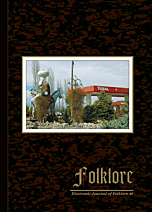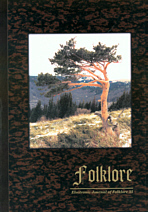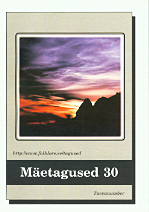
Dumb Blondes and Democracy
The jokes about dumb blondes, thinking only of sex, are very popular in the international joke repertoire. From the perspective of the ancient misogynous narrative tradition they are perhaps the most radical part. In Bulgarian everyday communication the jokes about dumb blondes began to be spread during the second half of the 1990s and are still popular today. In Western democratic societies the creation and spreading of jokes about dumb blondes is a logical consequence from advanced social and economic development which brings forth more and more women onto the public stage and the sphere of employment, and gives them the chance for individual accomplishment. The socio-cultural situation in Bulgaria, after the fall of the communist regime, in relation towards women is a bit different – characteristic for it is a discredited emancipation, obvious aggravating and extension of sexist discourses, male domination over public life and professional activities, feminization of poverty, a tendency to return to patriarchal values in private life. Despite the diverse contexts in both cases, jokes about dumb blondes represent an adequate strategy for the adaptation to the deep social change which challenges, in many ways, female and male identities.
More...

